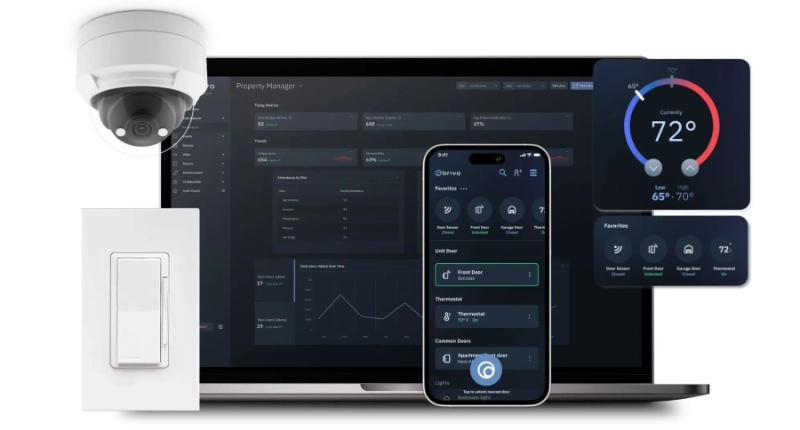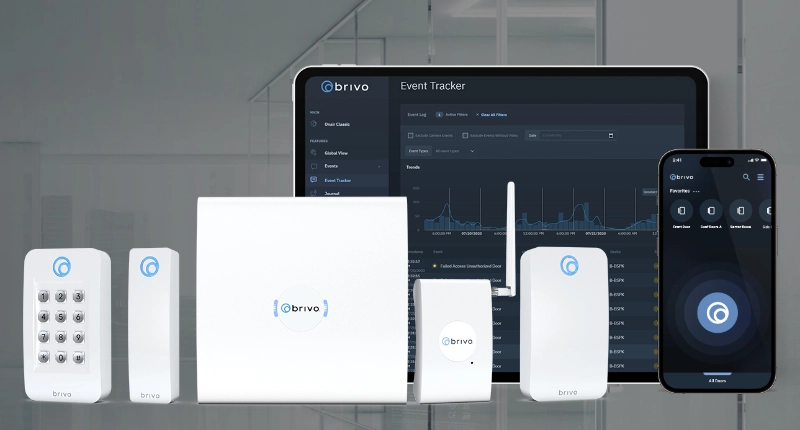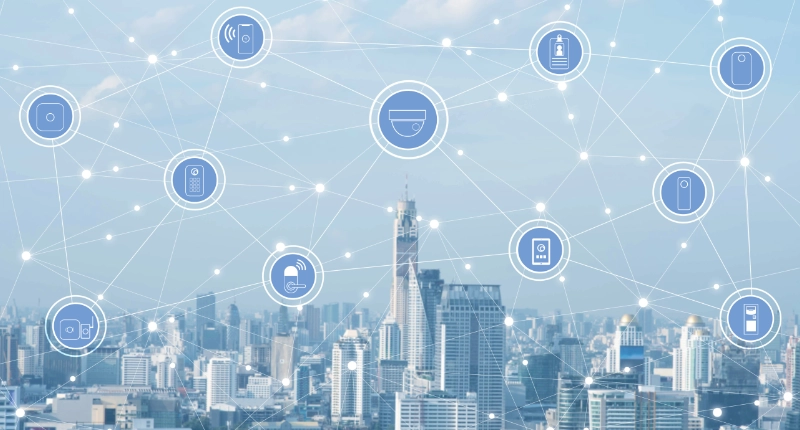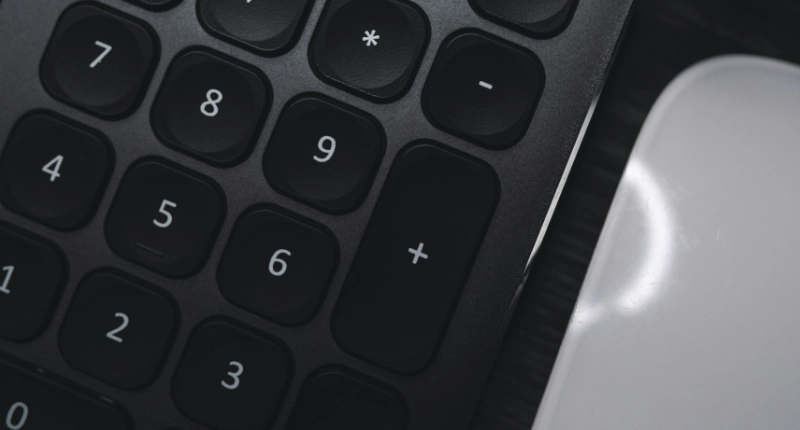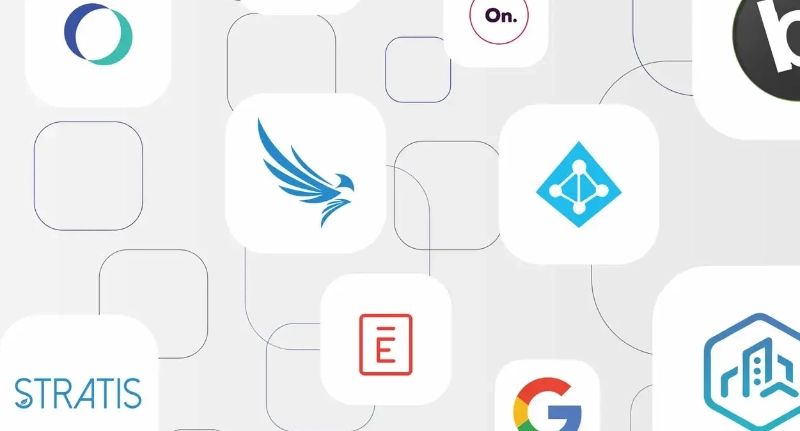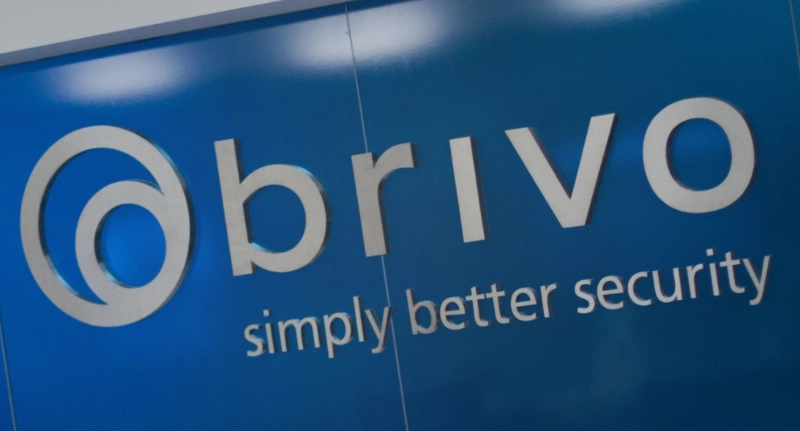An integrated physical and digital security access system provides campus law enforcement and security with a more holistic view of activities on campus. When access and identity are further integrated with video surveillance, intercoms, and visitor management, security is strengthened even more. The University of Washington and Michigan State University recently announced plans to expand campus physical and digital security systems.
INTEGRATING SECURITY AT UNIVERSITY OF WASHINGTON
The Seattle campus at the University of Washington is taking steps to enhance safety for students, faculty, and staff. An increase in reported concerns about personal safety on campus at night spurred the creation of an integrated security enhancement plan for the central parking garage and surrounding areas. A survey by College Voice in May 2022 reported that only 73% of students feel very safe or somewhat safe on campus at night. Security on campus at night is a concern across many universities and colleges.
To combat this UW immediately increased the number of unarmed security guards working on the Seattle campus overnight. Additional security upgrades will begin this summer and will include roll-up style gates at the central garage, keycard access doors on the pedestrian entrances to that garage, security cameras, and Wi-Fi.
Measures such as this provide a stronger security system that monitors and detects anomalous behavior. This deterrent helps prevent drug use, waste, and damage issues from occurring in the first place. It also supports the efficient deployment of security guards and police resources to the areas that need them the most.
MICHIGAN STATE UNIVERSITY SECURITY ACTIONS
Michigan State University gathered input from public safety, campus leaders, students, faculty, and staff to prioritize actions the institution will take to further campus safety. Improvements are focused on four areas: building access, door locks, camera expansion, and safety training.
Building Access
Most buildings on the East Lansing campus will require key card access by current students, faculty or staff members from 6 p.m. to 7:30 a.m. the next day.
Door Locks
The university is outfitting 1,300 classrooms on campus with a lock system that allows instructors to secure classrooms while maintaining building and fire code compliance, enabling first responders to enter the spaces in the event of an emergency. Brivo solutions activates emergency lockdowns from anywhere with a click of a single button, saving time while allowing first responders to still use access permissions.
Camera Expansion
Installing additional cameras throughout campus, including academic buildings and Green Light phones already on campus, will extend monitoring coverage. Simultaneously, MSU Police and Public Safety is centralizing the oversight of all cameras and security systems on campus.
Safety Training
All students, faculty, and staff are required to complete active violence intruder training.
“Our security portfolio is multifaceted, and we’re constantly evaluating improvements and changes — seen and unseen — that strengthen safety on campus,” said Marlon Lynch, MSU Vice President for Public Safety and Chief of Police. “The actions we’ve outlined today, combined with internal and external reviews, position our university to be safer, more secure, and better prepared into the future.”
These two universities are modernizing campus security by integrating physical and digital access, providing a safer environment for students, faculty, and staff, as well as the surrounding community. An integrated campus security plan starts with cloud-based access control that connects all the tools needed to create a secure living and learning environment.



